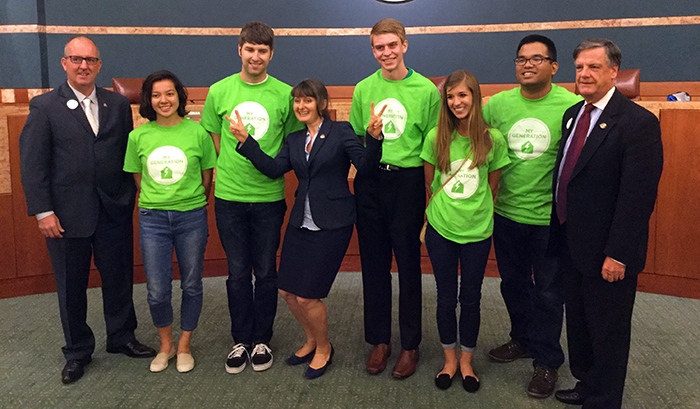The face of the Sierra Club in Culver City was in a celebratory mood even though he had just lined up to receive a seasonal allergy shot.
David Hakke was beaming. “Culver City has taken a big step toward renewable energy,” he said. “You can call it a democratization of electricity that is authorized under state law.
Last Monday the City Council unanimously approved a resolution for Culver City to enter into a feasibility study for the South Bay Clean Power Community Choice Aggregation.
“This is a big story,” said the enthused Mr. Hakke, president of the Sierra Club’s Culver City chapter.
“Lots of people are going to be amazed.
“Here is what it means: This is a non-profit organization that will procure electricity power for the residents of Culver City, Beverly Hills, West Hollywood, Santa Monica – about 20 cities from the Westside going down into the South Bay.
As a non-profit, Mr. Hakke said, the South Bay Clean Power Community Choice Aggregation can offer customers higher rates of renewable energy.
He said that current Southern California rates are in the 20-25 percent, and, by state law, must reach 33 percent by 2020.
“What the South Bay Clean Power CCA will do is offer higher rates of renewable energy at lower prices than Southern California Edison can provide,” said Mr. Hakke, “because they are an investor in utilities that is required to return a 30 percent profit to their investors.”
The Sierra Club officer said that there are three other Community Choice Aggregations “operating successfully in California.”
The value of the City Council’s decision means that “the CCA will take a small amount of the proceeds and reinvest them into people getting solar panels at lower rates.
“For example, more solar wind and geothermal will be provided so we can meet Gov. Brown’s goal of getting to 50 percent renewable energy by 2030.”

